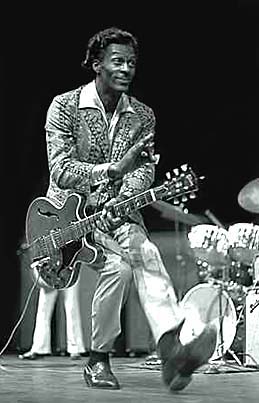Hello,
1. For each additional pound of lean muscle mass gained, you burn between an additional approx. 35 to 50 calories daily, even when resting. That's an additional 245-350 per week, and over 10 weeks, up to about 3,500, which is the equivalent of about a pound of fat. I'm aware there are some internet pundits with unknown credentials who don't agree with this, but I find publications such as Men's Health and their expert advisory board generally very reliable.
I'm unsure where this began, but it spread throughout the magazines and PT certification tests. As far as we know, lean tissue burns somewhere around ~5 Calories more per day than adipose.
McClave SA, Snider HL. Dissecting the energy needs of the body. Curr Opin Clin Nutr Metab Care. 2001 Mar;4(2):143-7.
Frankly, I know from personal experience that adding pounds of lean muscle mass burns significantly more calories. But I don't accept anecdotal reports as evidence of much of anything, and don't expect you do, either.
I'll provide the relevant quotes from my 2007 Men's Health Training Guide supporting my assertion, along with the names of the associated fitness experts who wrote / advised on that special edition when I get it back. Unfortunately, it is in Shanghai right now, and I'm not. If you own it, simply look at Chapter 1.
[Edit: I decided to do the research myself. Surely Men's Health wasn't simply babbling about this.]
If not, one study frequently cited supporting an increased expenditure of 35+ calories per pound of lean muscle mass is this one:
Campbell, W., Crim, M., Young, W., & Evens, W.(1994). Increased energy requirements and changes in body composition with resistance training in older adults. American Journal of Clinical Nutrition, 60, 167–75 changes in body composition with resistance training in older adults. American Journal of Clinical Nutrition, 60, 167–75
An abstract including conclusions from the study can be found at the Am. Journal of Clinical Nutrition's website at this link:
http://www.ajcn.org/...stract/60/2/167As you can see from the above link, said study has been cited in over 30 articles in some of the world's most prestigious health-related journals (as positive support for conclusions reached in these later studies, as far as I can see from a quick check), including the following:
Journal of Applied Physiology
Journal of Nutrition
Annals of the NY Academy of Sciences
The Journal of Clinical Endocrinology & Metabolism
American Journal of Physiology: Endocrinology & Metabolism
The American Journal of Clinical Nutrition
The Journals of Gerontology: Biological Sciences & Medical Sciences
Diabetes Care
Cancer Epidemiology Biomarkers & Prevention
Journal of the American College of Nutrtion
Journal of Aging & Health
Evaluation & The Health Professions
Circulation
Obesity Research
There are links with abstracts to all 30+ articles at the above address.
It is clear that weight training significantly elevates resting metabolic rate. The exact mechanism(s) responsible for this may still be debated, although the mainstream view is that caloric expenditure significantly increases as lean muscle mass increases.
In closing, any serious weightlifter knows that as lean muscle mass increases, caloric intake must increase proportional to that gain, or the additional muscle mass is lost. Provided this ongoing balancing act is maintained over time, lean muscle continues to increase without a corresponding increase in body fat. These facts speak for themselves.
Edited by TianZi, 17 January 2008 - 06:26 PM.
















































